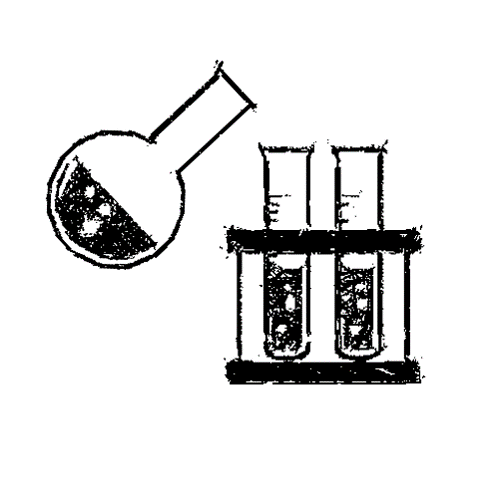Active Projects
The Center for Cultural Heritage Technology is investing in developing new solutions for protecting several classes of artistic and archaeological objects.
The Center for Cultural Heritage Technology is investing in developing new solutions for protecting several classes of artistic and archaeological objects.

The results of the characterisation analysis will help to design the appropriate strategy for the protection of glassy materials. The creation of transparent, superhydrophobic coatings to be applied on the artefacts' surface will be considered to reduce the leaching mechanisms involved in glass corrosion.
This project deals with the development of a protective coating for Roman frescoes exposed outdoors and starts from the evidence of a lack in this field. The phenomena of degradation found are of a chemical, physical and biological nature such as fading, saline efflorescence, detachment of the pictorial layer and microbiological colonies among the most common forms. The aim is to create a sustainable and biodegradable multi-functional protective system that acts against the detected forms of degradation.
Archaeological objects have rested for hundreds of years in an aggressive environment, suffering significant alterations of the original alloy and the formation of highly complex patinae. This thick layer of corrosion products, therefore, mediates the interaction between the residual bulk alloy and the external environment. Some of the corrosion products may be unstable and can auto-catalytically perpetrate a degradation process (this is the case of the so-called bronze disease). Others may have reached an equilibrium while buried but are de-stabilized by the abrupt change in the conservation environment after excavation. This project aims to develop a novel treatment for archaeological bronzes, which could suppress latent corrosion phenomena and prevent the onset of new ones, in order to preserve the historical data logged inside the material for a longer time.
Manuscripts are multi-material objects which are characterized by a high degree of craftsmanship and therefore by a great variability of composition. In addition to this, biological (e.g. molds and insects), chemical (e.g. acid hydrolysis and corrosion) and physical triggers (e.g. UV radiation and excessive humidity) cause multiple types of degradations that compromise the readability of paper documents (e.g. embrittlement, foxing, wrinkling, paper sheet merging). For this reason it is necessary to first identify the recurring problems present in Venetian libraries. Based on that knowledge, this project aims to develop bio-based smart materials that can address simultaneously multiple issues, thus improving the handling of the books.
Due to the complexity of mosaic system, restorers encounter great difficulties in their conservation. Loss of tesserae is the main problem for the conservation of this artwork. This phenomenon is related to the presence of capillary water and ambient humidity. Cracks that brings to the detachment of tesserae are induced by the deposition of salts transported by water and by climatic variations. Thus, the development of hydrophobic substances that can increase the cohesion of tesserae with the strata below became a fundamental issue. Silica nanoparticles based compound are increasingly used in cultural heritage field for the conservation of lithotypes. Some of their properties are: (i)plain compatibility with lithic and glass materials that compose mosaics, (ii) hydrophobicity, (iii) they can be used as matrix to develop substances with specific properties. The good effects achieved by their application on stones reported in literature, had brought to this study. The aim of this research will be the development of silica nanoparticles based consolidant, that can improve the adhesion of tesserae and reduce damage induced by water. The research will start from the synthetic process. Analysis will be performed in order to study the composition and properties of the compound. Then, the compound will be applied on tester and specimens, in order to assess the efficiency of the product. Every steps of the research will be set in order to have a low impact both on ambient and on operator, using sustainable process and green compounds.